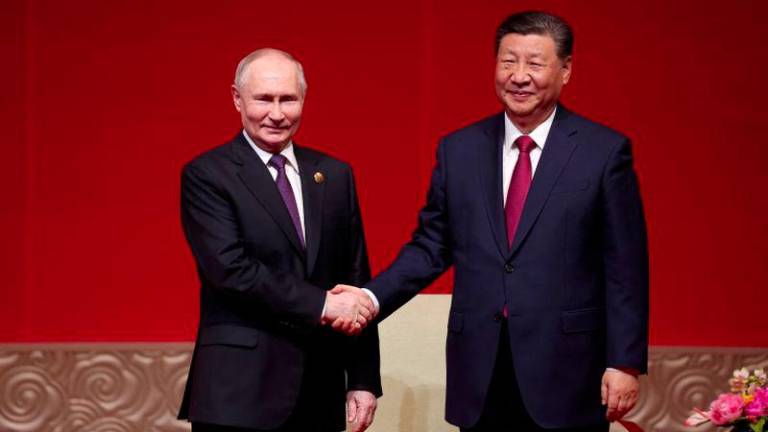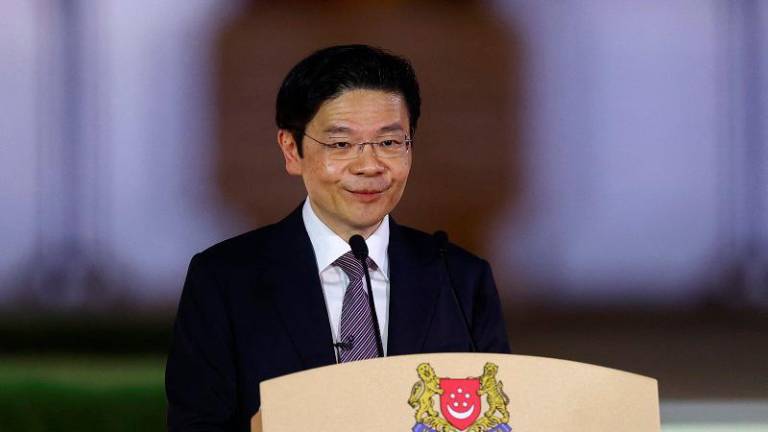THE removal of any subsidy will cause an increase in living and operational costs. It is a fact that cannot be denied.
However, are we paying the real cost and what if there are hidden costs parked under certain tariffs that are imposed on us? Should we pay for the mistakes or inapt approaches by the regulator?
There are few cost-cutting measures that could complement the government’s efforts to rationalise subsidies and probably be able to plateau and periodically reduce rising costs of living and of doing business.
Measure 1: Renegotiate power purchase agreements for direct negotiations
Between 2014 and 2019, several direct negotiations of power plant projects were approved by the Energy Commission (ST). Before these direct negotiations were awarded, The Association of Water and Energy Research Malaysia (Awer) had opposed this move as this would cause additional costs to be channelled to the electricity tariff. Last July, we proposed (during the budget consultation sessions) thr renegotiation of power purchase agreements (PPA) that had been awarded through direct negotiations. Through this, the government could save more than RM15 billion and these savings could be channelled to all electricity users.
Measure 2: Cost of managing intermittency from renewable energy should not be passed to consumers
A sudden increase in the generation of renewable energy (RE) will increase the risk of intermittency in electricity supply. The RE industry states that its technology is cheaper than fossil fuel power plants and has achieved “grid parity”. However, the intermittency risk of this RE technology and its cost impact on the electricity tariff is often overlooked. To reduce this risk, fossil fuel plants are put on standby. The cost of the capacity charges of these fossil fuel plants is part of the cost of the electricity tariff component and the government channels it into the electricity tariff. In other words, the RE sector has not yet reached actual grid parity costs and consumers have to bear these additional costs.
Awer has repeatedly expressed this issue to the government so that corrective action can be taken.
Intermittency is due to the electricity supply from RE depending on natural conditions. For example, if the weather is cloudy, rainy or hazy, solar panels cannot generate electricity continuously with a consistent output.
Measure 3: Transparency of the upstream sector
Although the ST has regulated transmission, distribution and electricity supply services, the cost transparency of the natural gas upstream sector is still unclear. This issue has been mentioned many times by Awer and the government needs to increase the cost transparency of this sector.
Can the ST develop Incentive Based Regulation-type of mechanism for gas grid and regasification facility? How will the ST transparently benchmark input cost with another similar economy that relies on natural gas?
Under the National Energy Transition Plan, natural gas will play a vital role and cause very high cost impact due to the Net-Zero 2050 target that will bottleneck both existing resources and proposed solutions. Can we get the ball rolling before the cost bubble explodes?
Measure 4: Shutting down redundant agencies
Redundant agencies are additional financial burden to the government as well as being an operational stumbling block. For the water sector, the Sewerage Services Department has overlapping functions with Pengurusan Aset Air Bhd, National Water Services Commission and Indah Water Konsortium.
The Water Supply Division must be merged with the existing division for water services within the ministry in charge of water. For the energy and green technology sector, Sustainable Energy Development Authority and Yayasan Hijau can be closed down. The authority's functions can be carried out by an ST department. Meanwhile, Yayasan Hijau's functions can be carried out by Malaysian Green Technology and Climate Change Corp (MGTC). In addition to that, under the 12th Malaysia Plan, an entity named Amanah Lestari Alam is being formed. This function can be centralised under MGTC so that there will be better coordinated implementations.
By carrying out these four steps, the government will be able to reduce cost impacts to electricity tariff as well as energy prices to ensure we can eventually reach a real true cost. This will also assist the government to reduce its financial burden further. The energy transition will give huge cost impacts to the public and businesses. It is imperative for the government to be proactive and make swift changes for the benefit of our nation, economy and the people.
This article is contributed by Piarapakaran S, president of Awer, a non-government organisation involved in research and development in the fields of water, energy and environment.










